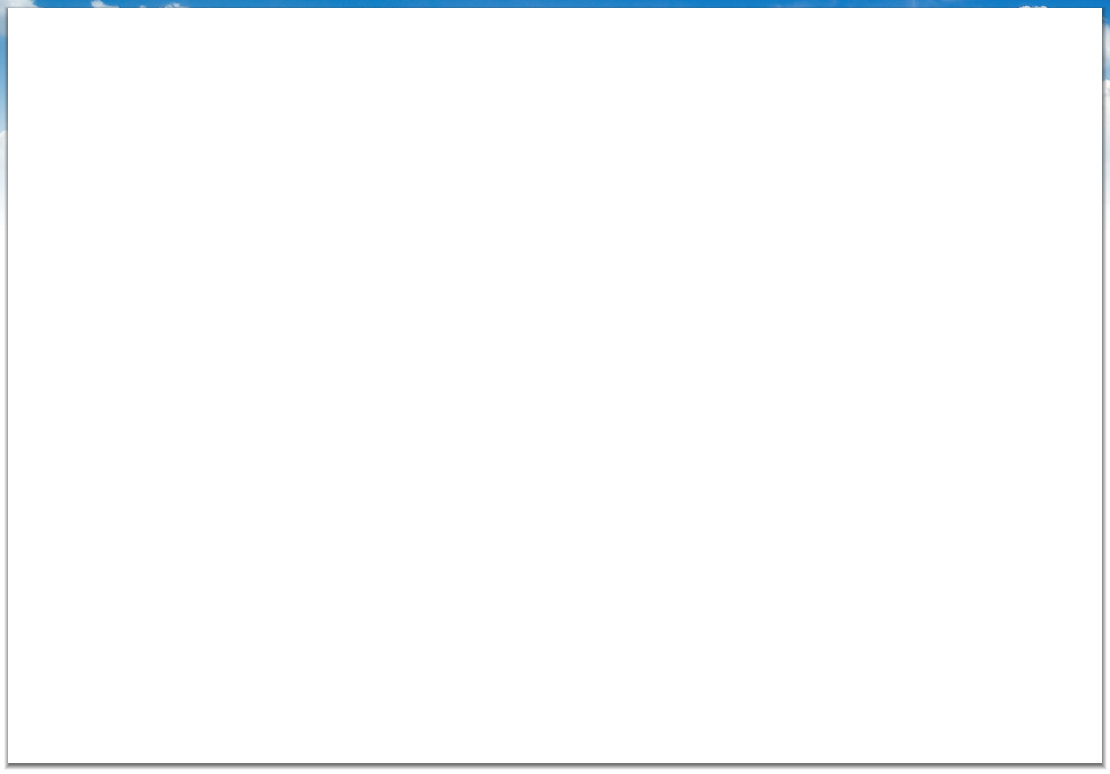Power line emission and immunity standards
CNS Inc.
The most important and most commonly applied emission standards are IEC 61000-3-2, IEC 61000-3-3, IEC 61000-3-11, and IEC61000-3-12. IEC 61000-3-16 and IEC 61000-3-17 for dispersed generation (photo voltaic inverters) are being added soon. IEC 61000-3-2 specifies current harmonic limits for 1 and 3 phase electrical equipment up to 16 A / phase. The European union has adopted the standard and the EN 61000-3-2 has the force of law in the EU. Many countries, such as China, Japan, Korea, Brazil, Mexico, etc. have adopted national standards that are derived from IEC 61000-3-2. The standard specifies 4 test classes, with Class-D covering PC's, monitors, TV's, and VSD based (energy saving) refrigerators. Class-C covers lighting above 5 Watt, and Class-B covers portable/hand held equipment. Class-A is the largest test class and covers all equipment that does not belong to B, C, or D.
Similarly, IEC ( EN) 61000-3-3 specifies limits for voltage fluctuations that 1 or 3 phase electrical equipment up to 16 A / phase can cause. These maximum permitted voltage fluctuations are in part derived from the light flicker that results when a 60 Watt light bulb is subjected to the voltage fluctuations, and therefore the specification is often called the Flicker standard. In addition to the EU with its 230 Volt - 50 Hz public supply, several countries that have 220 Volt ( 50 Hz or 60 Hz ) networks have adopted their national versions of IEC 61000-3-3.
IEC ( EN ) 61000-3-11 and IEC (EN ) 61000-3-12 are basically the harmonics and flicker counterparts covering equipment up to 75 Amp/phase. As opposed to the limits for the above -3-2 and 3-3 standards that permit unconditional use for equipment that meet the limit, 61000-3-11/12 specify conditional connection requirements. Basically, the more emissions (either current harmonics or voltage fluctuations) are produced, the lower the network impedance (at the point of connection) must be.
In the US, IEEE-STD-519 specifies requirements at the network level, as opposed to the product standard approach covered by the IEC standards. UL-1741 specifies requirements for solar inverters. Although safety is the primary concern, the standard includes emissions and immunity requirements. The technical report IEC TR 61000-3-15 also covers immunity and emissions for dispersed generation (solar inverters) and that report is the basis for new IEC 61000-3-16 and IEC 61000-3-17 standards that are being developed.
Harmonics & Flicker standards.
Power line immunity standards.
Disturbances occur every day on the public electricity supply. Dips and interrupts can happen any moment, and harmonic distortion is virtually always present. Therefore electrical equipment must be immune to these common disturbances. The equipment may reset automatically, or require manual intervention to re-start, as long as it does not go into an uncontrolled or dangerous state or operation.
IEC (EN ) 61000-4-11 specifies a series of recommended dips and interrupt patterns for equipment < 16 A/phase while IEC 61000-4-34 is the counterpart for bigger equipment with higher currents. IEC 61000-4-13 specifies harmonic and inter-harmonic voltage distortion patterns that certain equipment must be able to handle. Several other commonly applied standards are; IEC 61000-4-14 ( AC voltage variations ), IEC 61000-4-17 (ripple on DC supplies), IEC 61000-4-18 (dampened oscillatory waves), IEC 61000-4-19 ( disturbances up to 150 kHz), IEC 61000-4- 27 ( unbalance in 3 phase systems), IEC 61000-4-28 ( frequency variations ), IEC 61000-4-29 ( Dips - Interrupts on DC supply).




